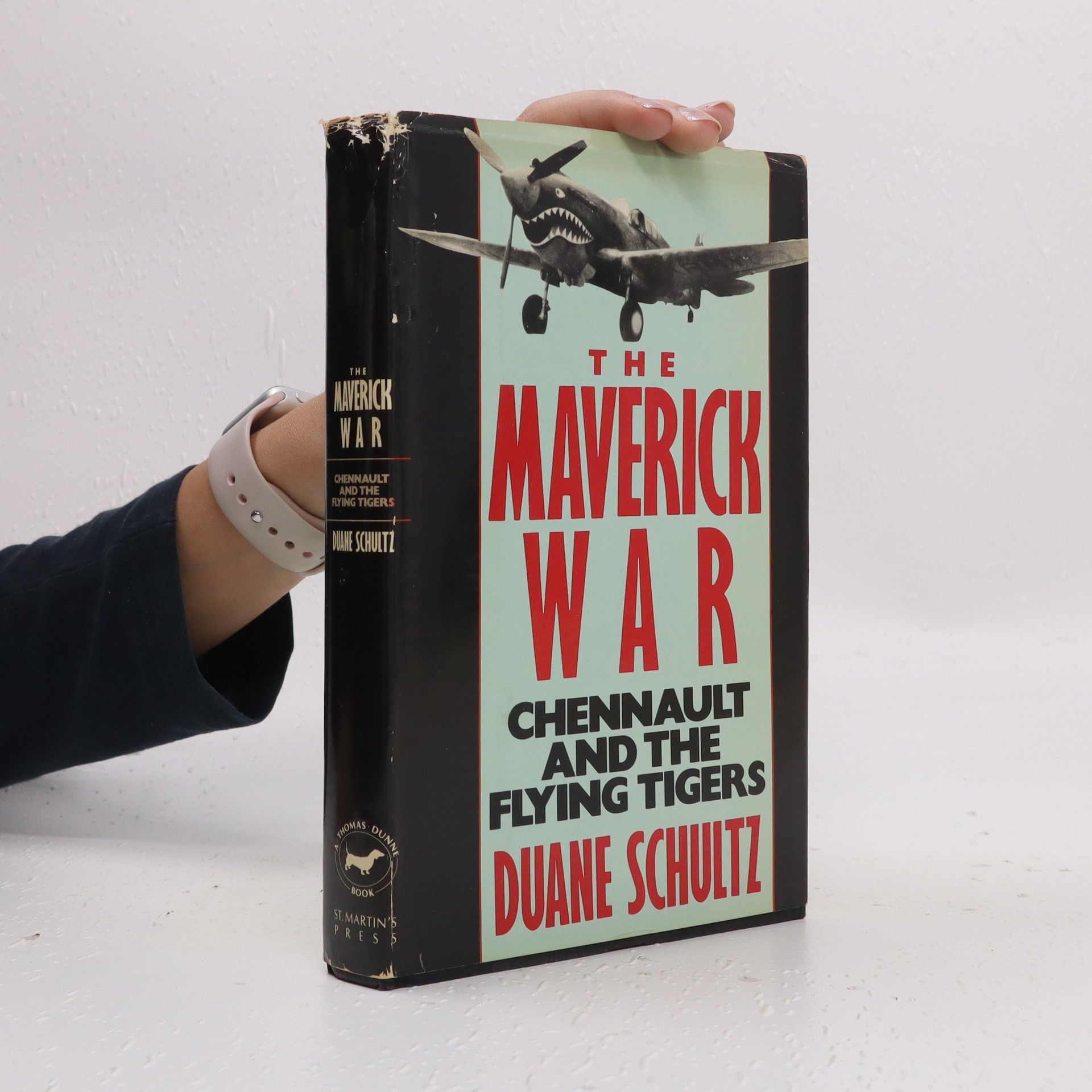CUSTER
- 226bladzijden
- 8 uur lezen
The book offers a new perspective on the Civil War commander, highlighting his pivotal role in critical moments that contributed to the preservation of the Union. Through in-depth analysis, it explores his strategies, leadership qualities, and the impact of his decisions during the war, providing readers with a deeper understanding of his significance in American history.


